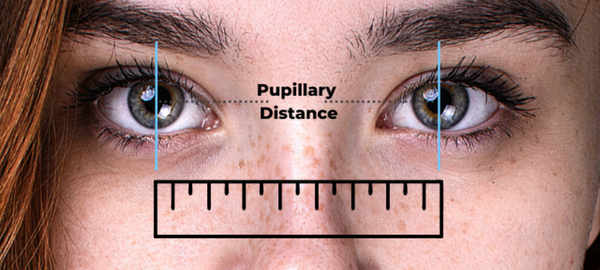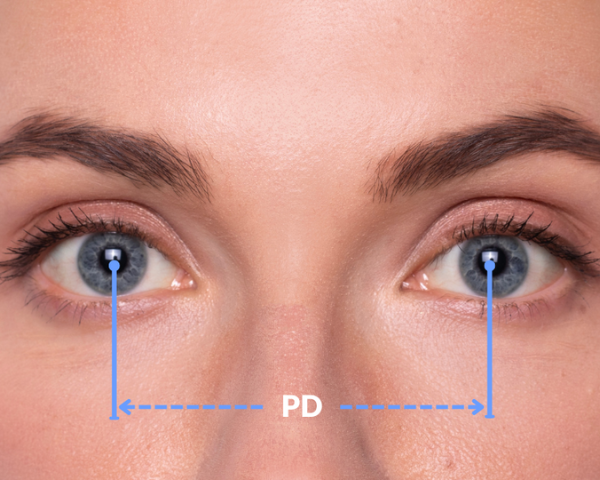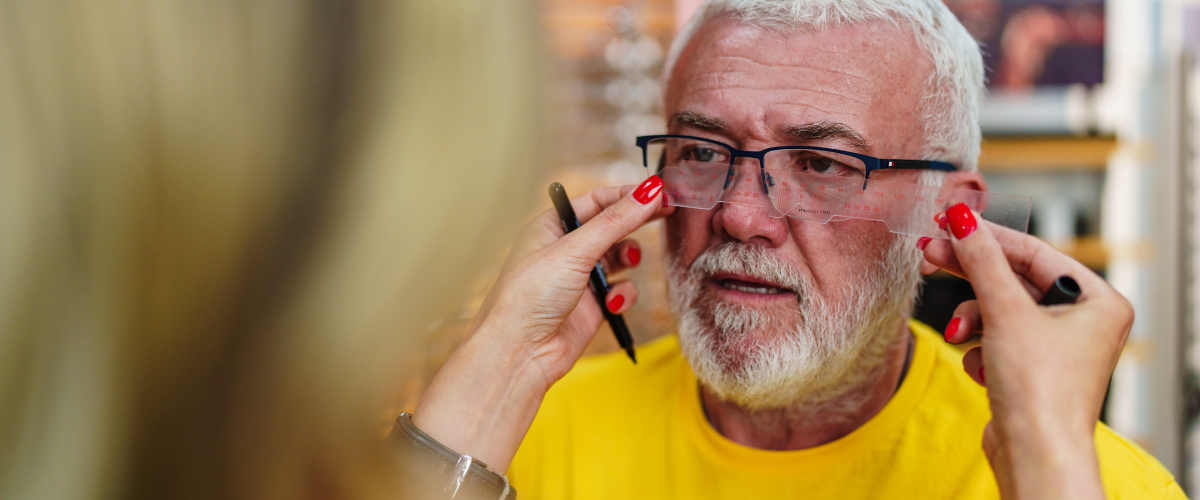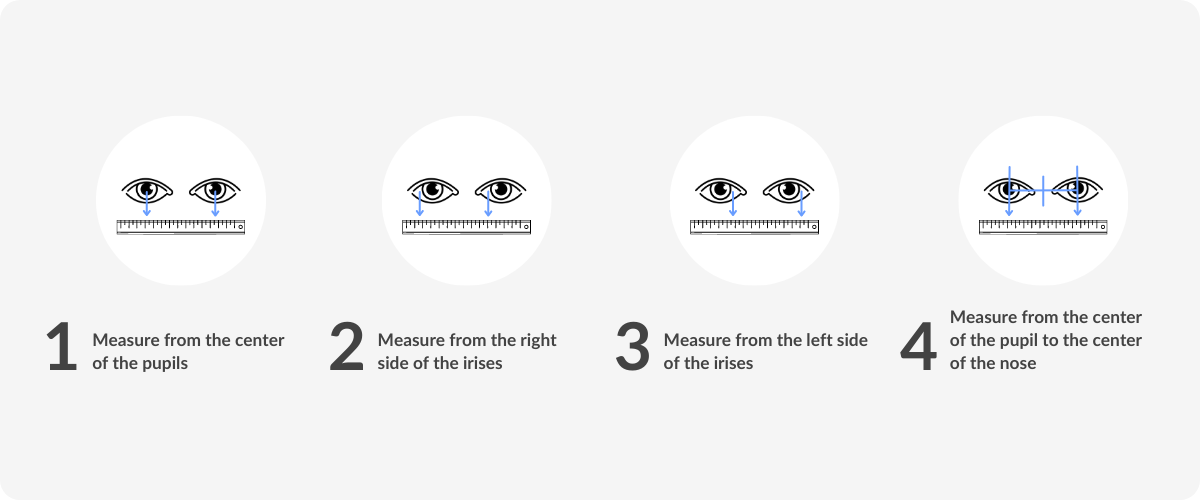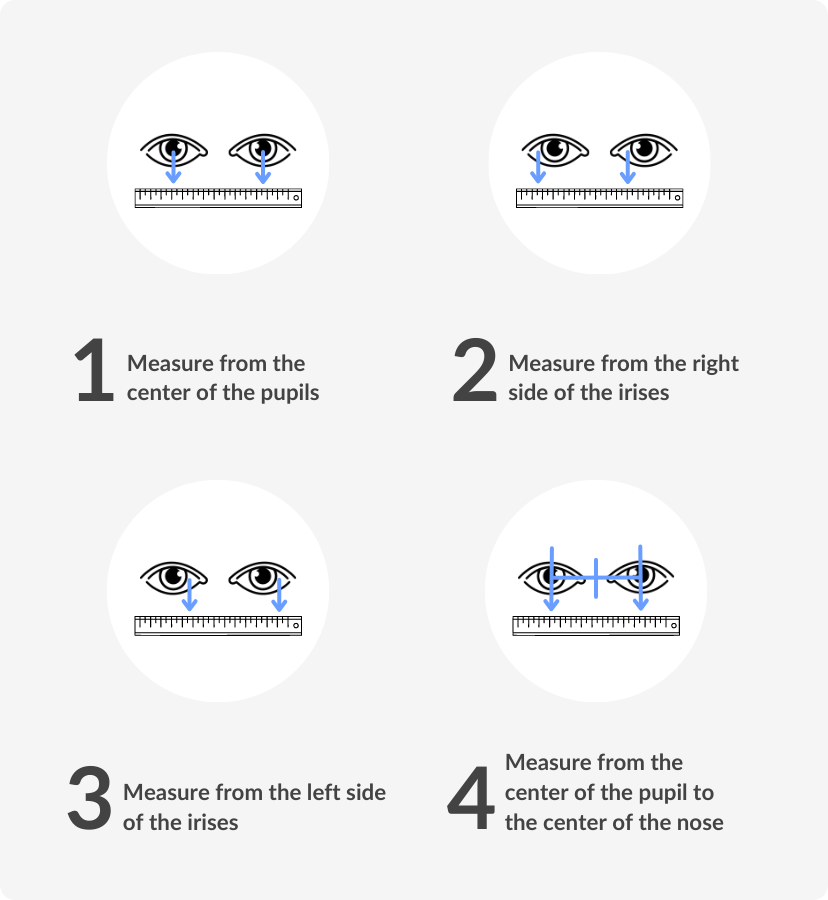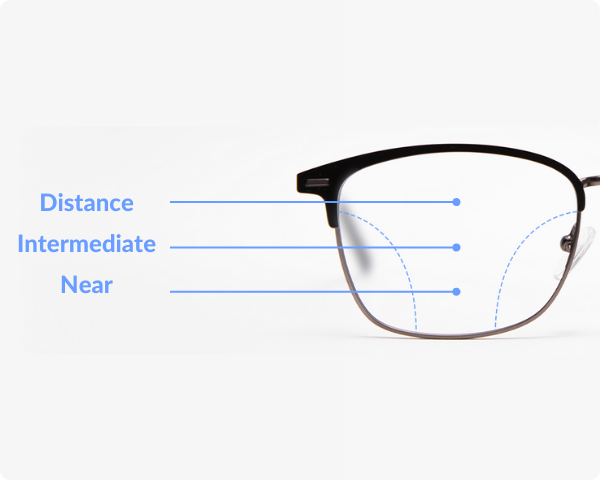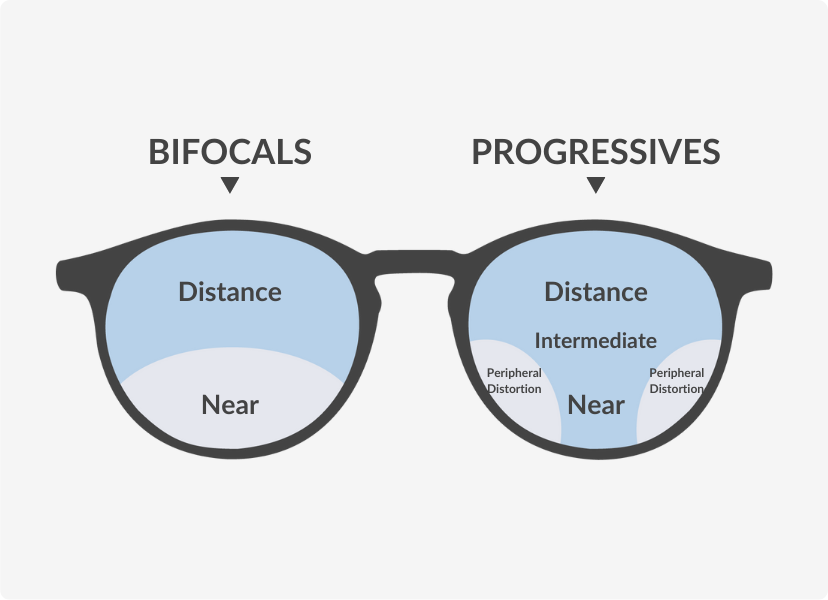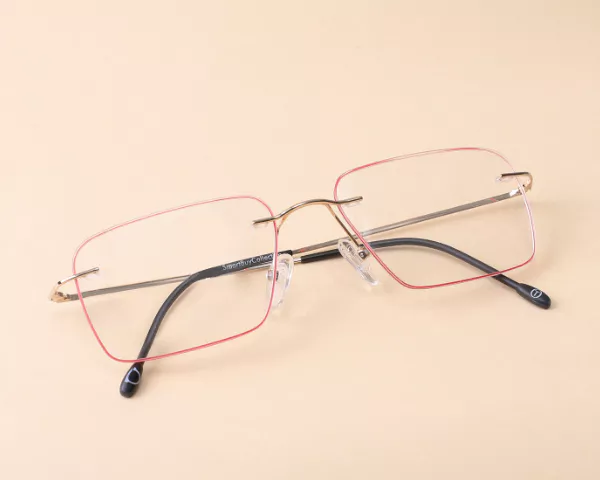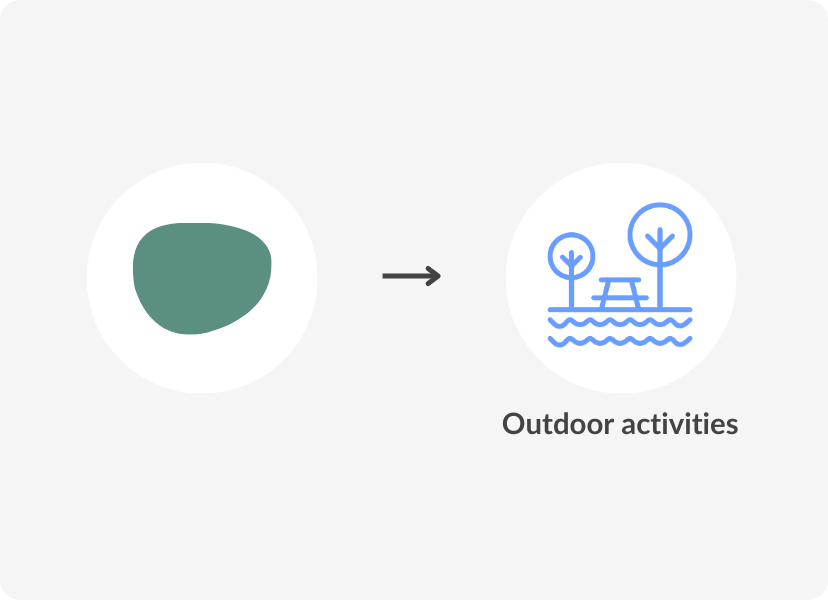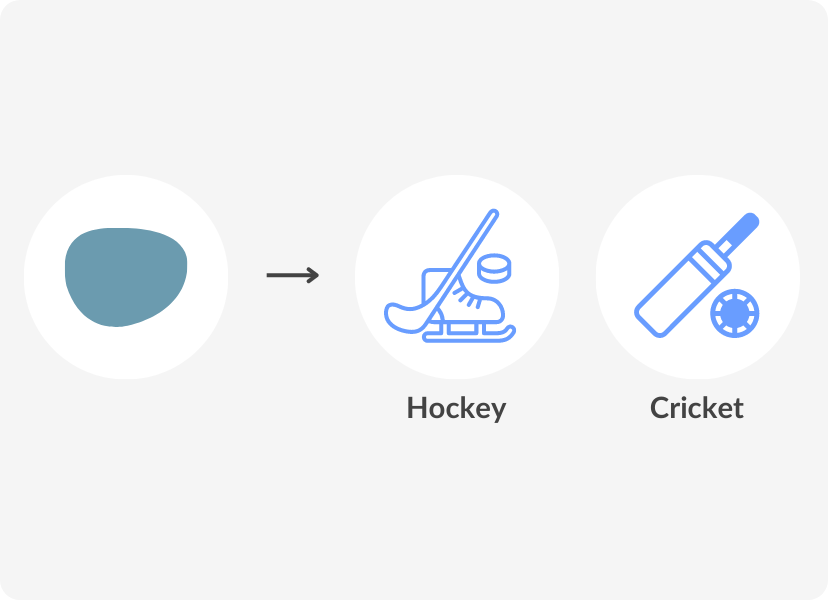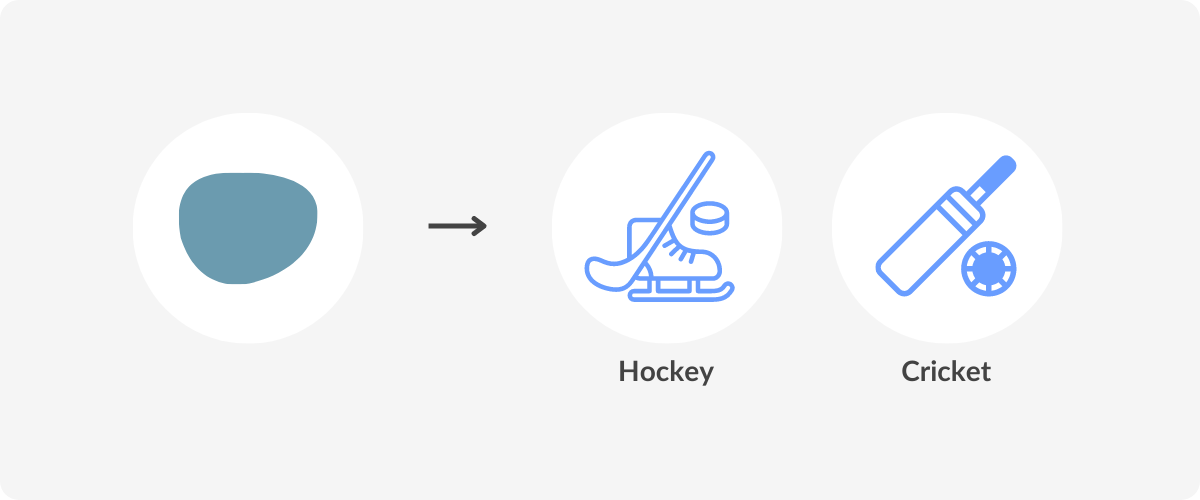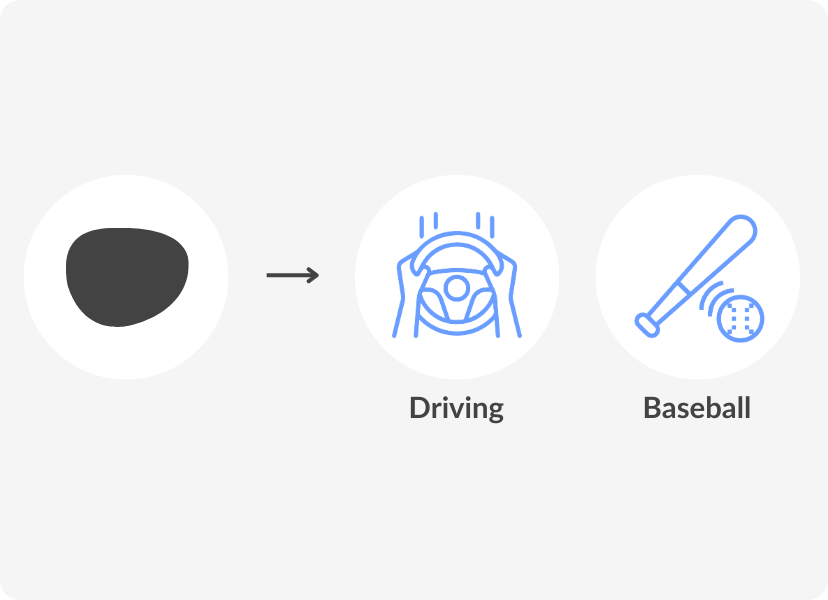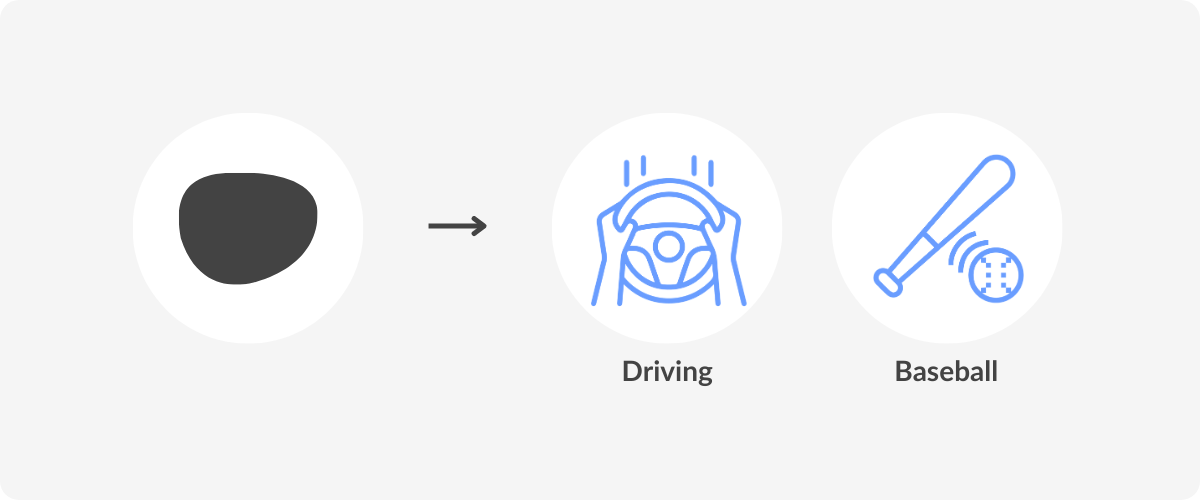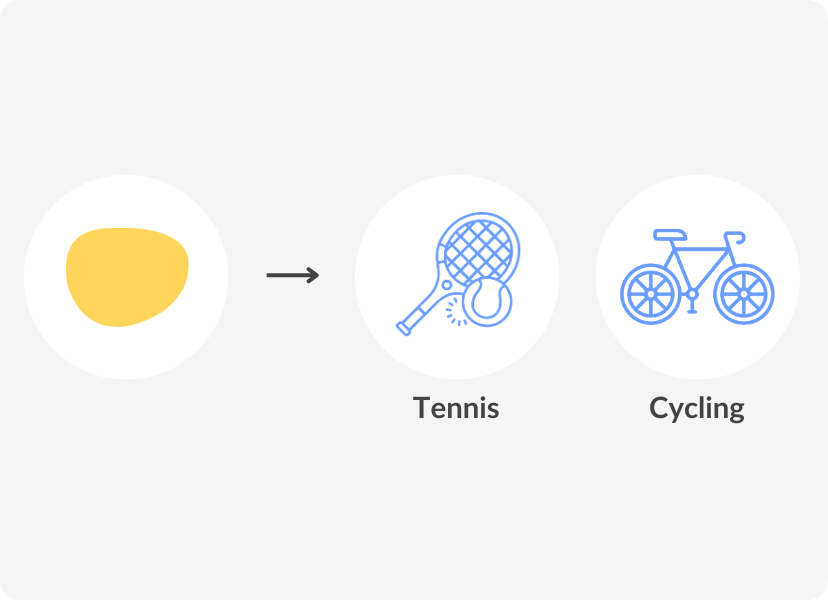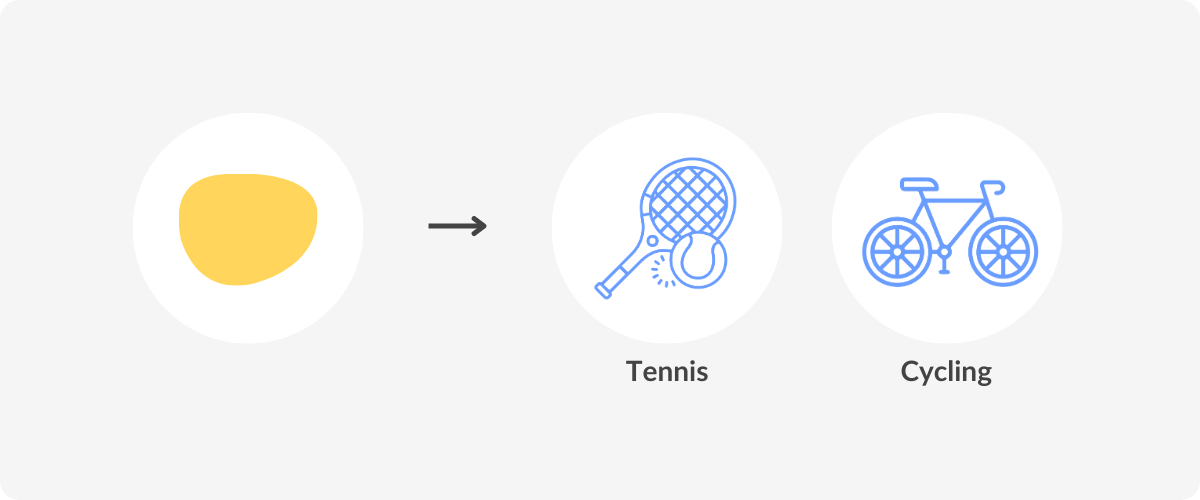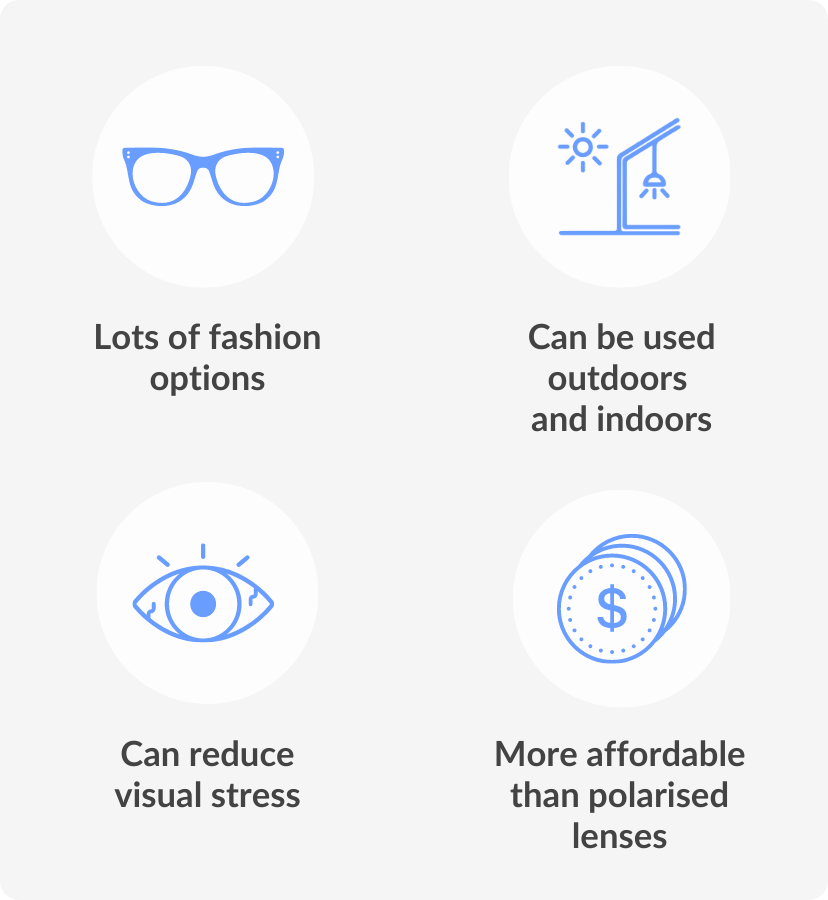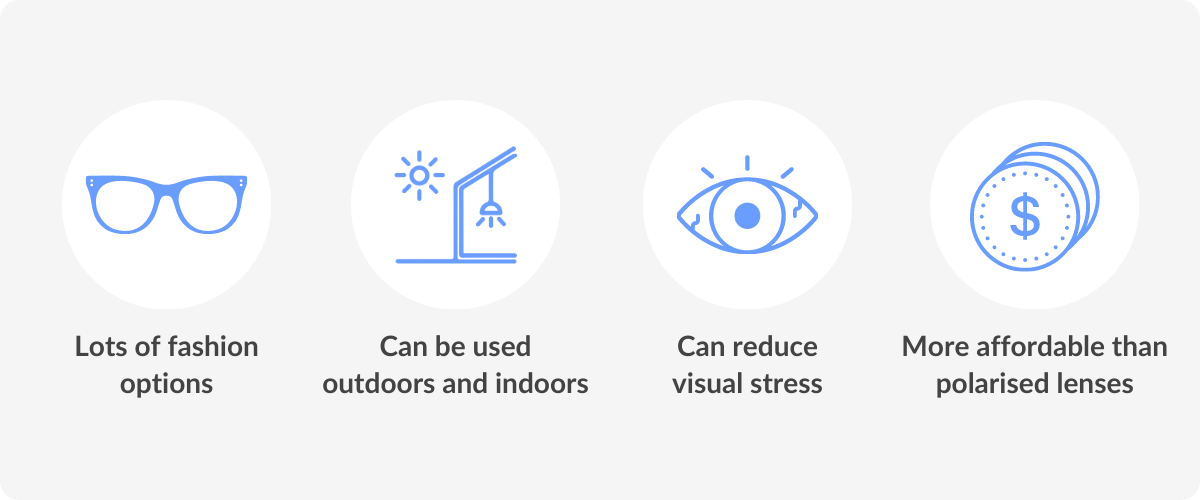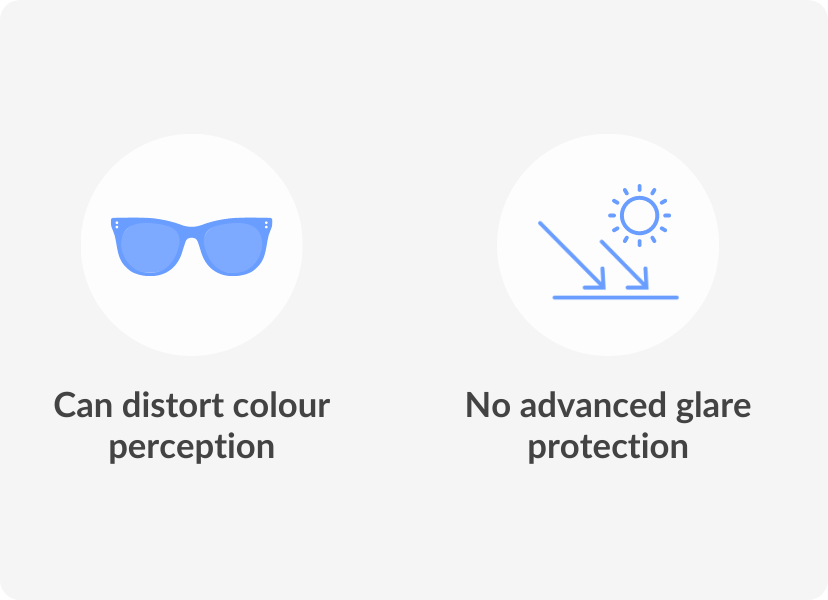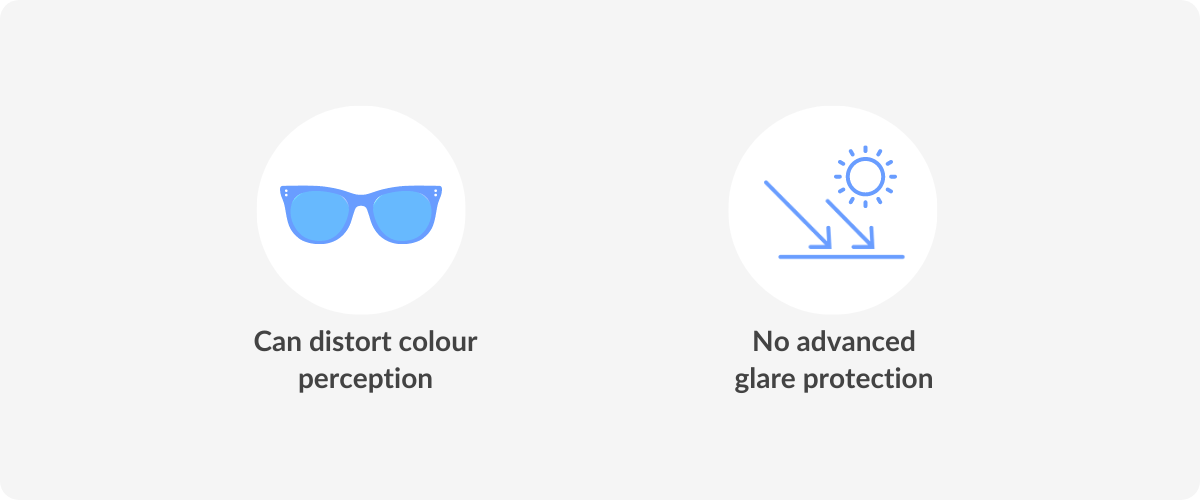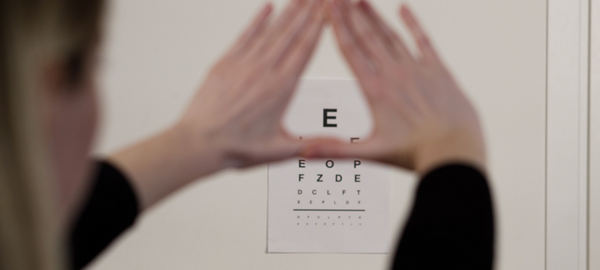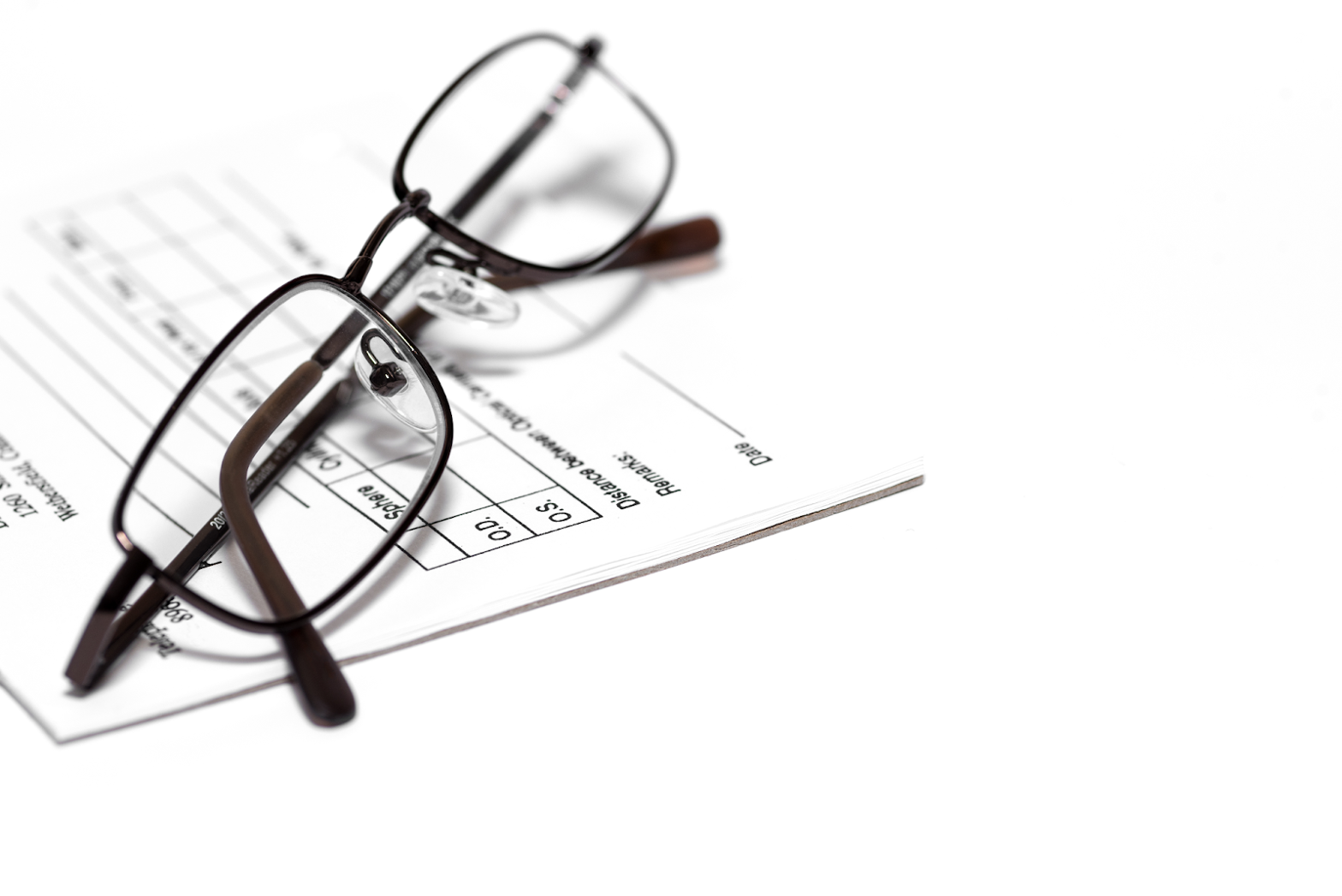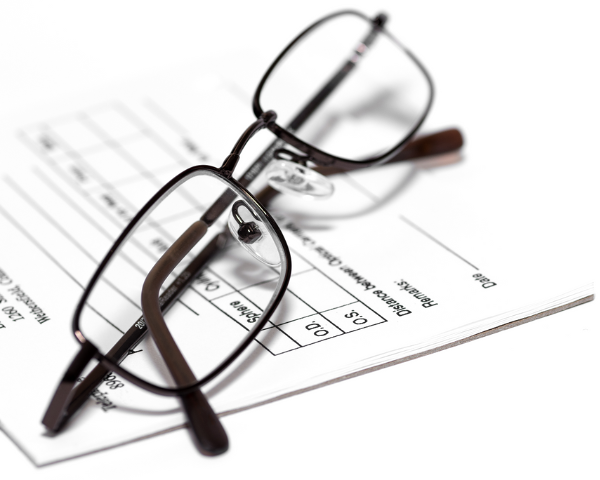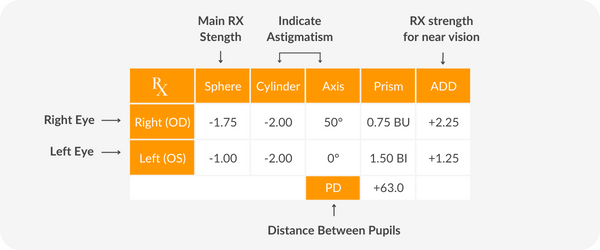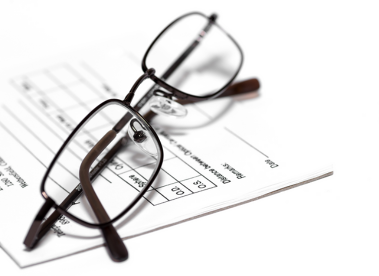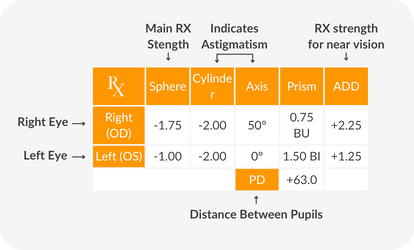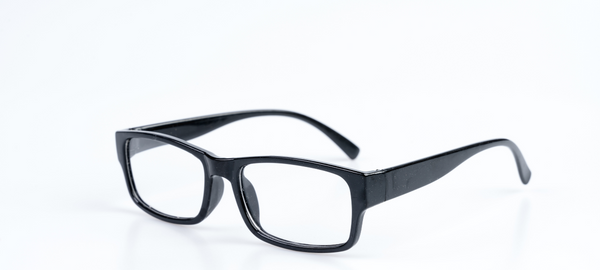
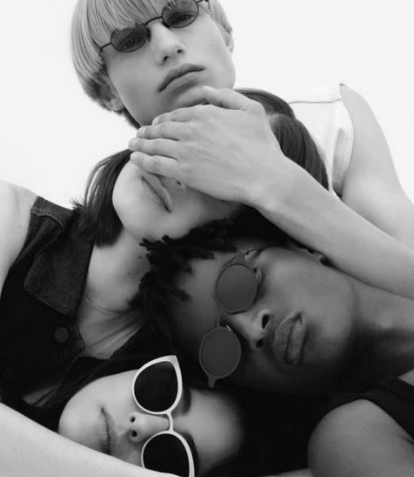
Sleek Komono glasses from the Diamond District Antwerp

Jacob
Jacob is a Turin-based Digital Marketing specialist from the UK. He uses his passion for writing to bring you all the latest news and interesting topics in the eyewear world!
The Komono brand was founded in 2009 in Belgium. Founders Anton Janssens and Raf Maes, ex-snowboarders, gave birth to a sleek and stylish line of accessories and eyewear that revolutionized the conventional industry with forward-thinking designs.
History
In 2009 Janssens and Maes broke with conventional ideas to bring fresh innovative designs with their line of accessories, experimenting with various styles, color palettes, and visionary aesthetics for both men and women. Most importantly, the brand is deeply rooted in what is known as the Antwerp district fashion, a port on the River Scheldt, and the centuries-old Diamond District. It is now home to one of the oldest academies and most renowned fashion colleges in the world. They say that the shopping experience in Antwerp is fabulous!
Komono is a truly global brand, with over 80 high-profile stores worldwide, and has been recognized with award-winning classics like the Komono Lulu sunglasses in the Antwerp fashion.
Have a look at SmartBuyGlasses recommendations!
This round-shaped frame comes in a classical turquoise colour, pink, metal violet and many more. You can pick from the classical colours or trendy in fashion transparent frames that can be fitted with different tinted lenses that offer a particular contrast. It resembles that vintage cat-eye style that has been modernised into a contemporary cat-eye frame to enjoy on any sunny day year-round with a pair of Komono Lulu sunglasses.
With their top-notch quality and craftsmanship, you’ll love these Komono Charles glasses that come in versatile colours perfect for both men and women. An oval shape frame and full-rim that can include customizable lenses, to fit your eye needs and protect them with the best Komono eyewear. If you have a current pair of glasses but can’t remember your prescription, try out our free Lens Scanner tool app and follow 4 simple steps to reveal your prescription details from your current pair of glasses.
Ladies, do you have a heart-shaped face and want to find a refreshing pair of Komono sunglasses? Look no further! These Komono Stella sunglasses are just the right fit with their floral pattern that will accentuate your facial features and give you that stylish spring look. They also come in a bright cool red or pale blush pink, which you can match with a mysterious but chic grey or a summer and flirty gradient red/pink lens.
Round framed eyeglasses have been very popular over the years, maybe thanks to a charismatic and magical wizard that goes to the coolest school ever. But no worries, these Komono glasses are also a great fit for office and leisure. Komono Franklin is comfortable and wearable for both men and women, with a plastic full rim frame, customizable lenses, and colours. Why not change up your style with new prescription Komono glasses and venture into a new look.
Made with some of the finest materials, Komono Vivien sunglasses resemble the classic pilot style for you to take flight with a unique and stylish look. These particular frames with SmartBuyGlasses have polycarbonate lenses, a more comfortable lightweight material that provides category 3 UV protection. Have a go at mixing and choosing different colours to match your frames and why not try the Virtual Try-On tool to see how cool you look with a pair of Komono Vivien sunglasses.
Pink and brown colours strangely go so well together, just like these pairs of Komono Clement, with a round full rim metal frame. This elegant combination makes a perfect pair of sunglasses great for many occasions and also has polycarbonate lenses with good UV protection. Not only will you be looking chic but you’ll also be giving your eyes the best protection possible.
If like many, who constantly work with digital devices, at times struggle with eye strain, headaches or trouble sleeping, you may want to have a quick look at eyeglasses with blue-light blocking. Komono Carter glasses have a sturdy Actuate frame and include anti-glare and scratch-resistant coatings, in diverse colours to style up your look for those many zoom calls. With a refreshing pair of full-rim round Komono eyeglasses, not only will you look as if you aren’t wearing pyjama pants that nobody can see, but you’ll also be protecting your eyes from harmful blue light. Reduce eye strain, say bye to those headaches and sleep tight wearing your pyjama pants.
Browse & explore Komono eyewear
Aren’t these Komono glasses a cool and refreshing break from ordinary eyewear, with unique designs and colours? Why not pop over to the Komono collection with SmartBuyGlasses and get browsing!
Browse through the stylish and elegant Komono Sunglasses, try them on virtually and upgrade your lenses with fun, colourful, and protective lenses. With Komono glasses choose from a variety of styles and shape frames, even with multifocal/progressive lenses. If you usually work in an office and your new BBF is your computer you may consider adding the zFORT® Blue light blocking coating to help reduce eye strain, caused by digital devices.
You can also add on additional coatings to also protect your glasses like the anti-scratch coating and keep up to date on how to keep your glasses clean and new for longer. If you are curious to learn more about how to style glasses and sunglasses with SmartBuyGlasses, why not have a look at our latest guide of Adidas sunglasses.
Sleek Komono glasses from the Diamond District Antwerp

Jacob
Jacob is a Turin-based Digital Marketing specialist from the UK. He uses his passion for writing to bring you all the latest news and interesting topics in the eyewear world!
The Komono brand was founded in 2009 in Belgium. Founders Anton Janssens and Raf Maes, ex-snowboarders, gave birth to a sleek and stylish line of accessories and eyewear that revolutionized the conventional industry with forward-thinking designs.
History
In 2009 Janssens and Maes broke with conventional ideas to bring fresh innovative designs with their line of accessories, experimenting with various styles, color palettes, and visionary aesthetics for both men and women. Most importantly, the brand is deeply rooted in what is known as the Antwerp district fashion, a port on the River Scheldt, and the centuries-old Diamond District. It is now home to one of the oldest academies and most renowned fashion colleges in the world. They say that the shopping experience in Antwerp is fabulous!
Komono is a truly global brand, with over 80 high-profile stores worldwide, and has been recognized with award-winning classics like the Komono Lulu sunglasses in the Antwerp fashion.
Have a look at SmartBuyGlasses recommendations!
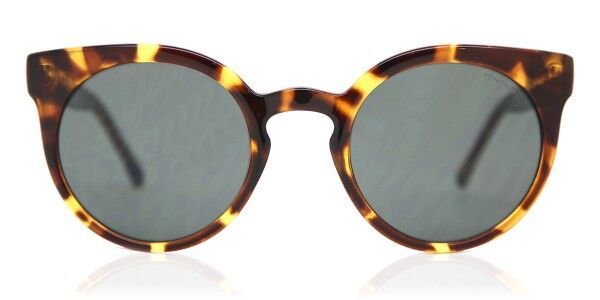
This round shaped frame comes in a classical turquoise colour, pink, metal violet and many more. You can pick from the classical colours or trendy in fashion transparent frames that can be fitted with different tinted lenses that offer a particular contrast. It resembles that vintage cat-eye style that has been modernised into a contemporary cat-eye frame to enjoy on any sunny day year-round with a pair of Komono Lulu sunglasses.
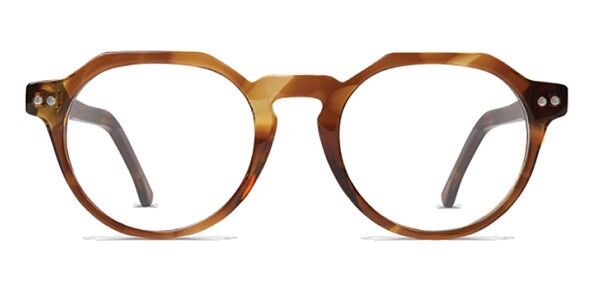
With their top-notch quality and craftsmanship, you’ll love these Komono Charles glasses that come in versatile colors perfect for both men and women. An oval shape frame and full-rim that can include customizable lenses, to fit your eye needs and protect them with the best Komono eyewear. If you have a current pair of glasses but can’t remember your prescription, try out our free Lens Scanner tool app and follow 4 simple steps to reveal your prescription details from your current pair of glasses.
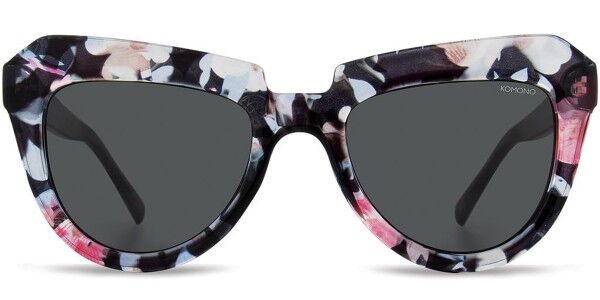
Ladies, do you have a heart-shaped face and want to find a refreshing pair of Komono sunglasses? Look no further! These Komono Stella sunglasses are just the right fit with its floral pattern that will accentuate your facial features and give you that stylish spring look. They also come in a bright cool red or pale blush pink, which you can match with a mysterious but chic grey or a summer and flirty gradient red/pink lens.
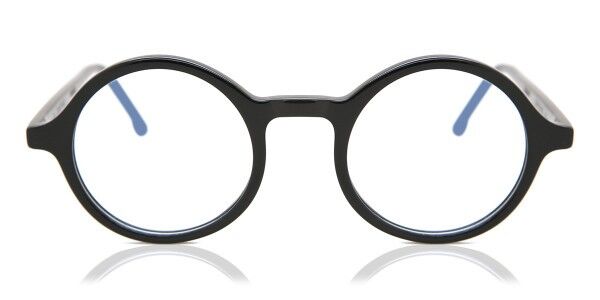
Round framed eyeglasses have been very popular over the years, maybe thanks to a charismatic and magical wizard that goes to the coolest school ever. But no worries, these Komono glasses are also a great fit for office and leisure. Komono Franklin is comfortable and wearable for both men and women, with a plastic full rim frame, customizable lenses, and colors. Why not change up your style with new prescription Komono glasses and venture into a new look.
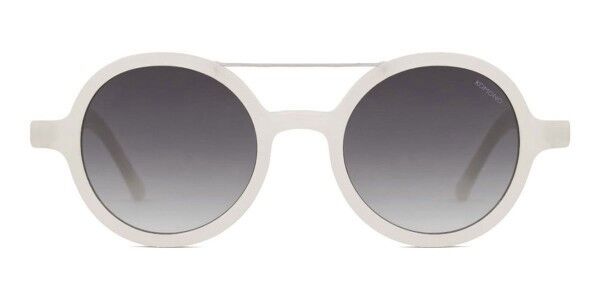
Made with some of the finest materials, Komono Vivien sunglasses resemble the classic pilot style for you to take flight with a unique and stylish look. These particular frames with SmartBuyGlasses have polycarbonate lenses, a more comfortable lightweight material that provides category 3 UV protection. Have a go at mixing and choosing different colors to match your frames and why not try the Virtual Try-On tool to see how cool you look with a pair of Komono Vivien sunglasses.
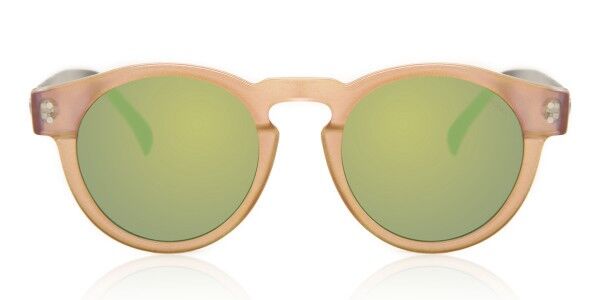
Pink and brown colors strangely go so well together, just like these pairs of Komono Clement, with a round full rim metal frame. This elegant combination makes a perfect pair of sunglasses great for many occasions and also has polycarbonate lenses with good UV protection. Not only will you be looking chic but you’ll also be giving your eyes the best protection possible.
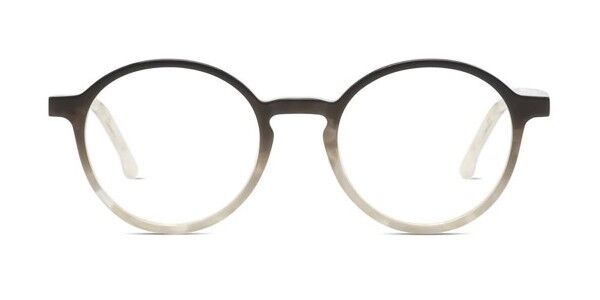
If like many, who constantly work with digital devices, at times struggle with eye strain, headaches or trouble sleeping, you may want to have a quick look at eyeglasses with blue-light blocking. Komono Carter glasses have a sturdy Actuate frame and include anti glare and scratch resistant coatings, in diverse colours to style up your look for those many zoom calls. With a refreshing pair of full rim round Komono eyeglasses, not only will you look as if you aren’t wearing pyjama pants that nobody can see, but you’ll also be protecting your eyes from harmful blue light. Reduce eye strain, say bye to those headaches and sleep tight wearing your pyjama pants.
Browse & explore Komono eyewear
Aren’t these Komono glasses a cool and refreshing break from ordinary eyewear, with unique designs and colors? Why not pop over to the Komono collection with SmartBuyGlasses and get browsing!
Browse through the stylish and elegant Komono Sunglasses, try them on virtually and upgrade your lenses with fun, colorful, and protective lenses. With Komono glasses choose from a variety of styles and shape frames, even with multifocal/progressive lenses. If you usually work in an office and your new BBF is your computer you may consider adding the zFORT® Blue light blocking coating to help reduce eye strain, caused by digital devices.
You can also add on additional coatings to also protect your glasses like the anti-scratch coating and keeping up to date on how to keep your glasses clean and new for longer. If you are curious to learn more about how to style glasses and sunglasses with SmartBuyGlasses, why not have a look at our latest guide of Adidas sunglasses.
















































